Get The Smooth, Scar-Free Skin You Deserve With Our Scar Therapy Blend
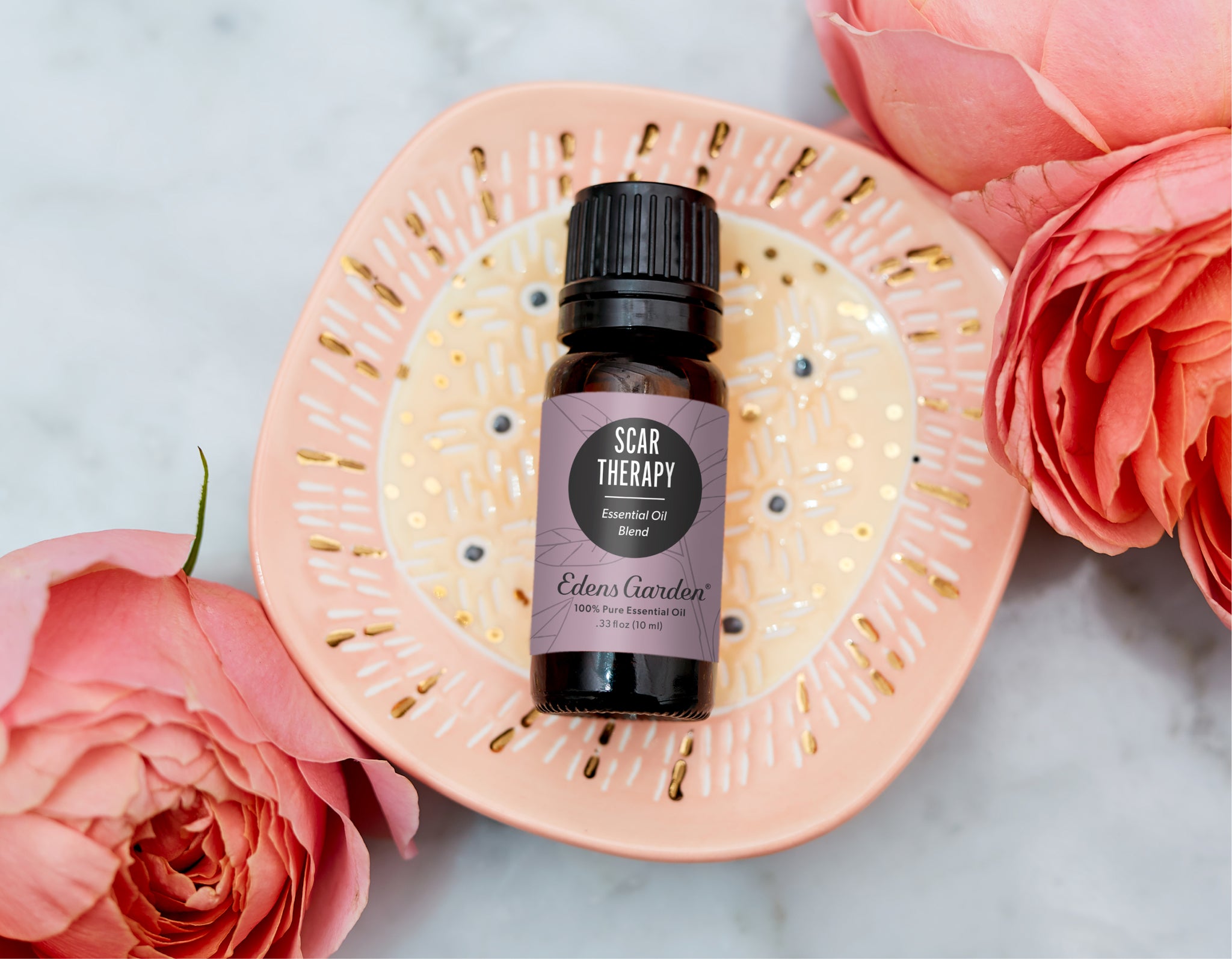
Scars are a natural part of the healing process to replace damaged skin. They arise for several reasons - injuries, surgery, infections, burns, acne or sensitive skin conditions and even stretch marks and they form in any number of shapes and sizes. Scars can also have a profound impact on one’s physical and emotional well-being and seeking ways to minimize their appearance and promote faster healing can potentially mitigate these issues.[1,2]
Turning to nature for healing, plant-based preparations made from essential oils and certain carrier oils have gained popularity for their therapeutic properties. Essential oils have the potential to offer a natural and holistic approach to scar management due to components that assist the healing process called cicatrisants. These constituents help with skin cell regeneration and promote the healing of wounds. Other factors of the healing process include reducing redness and mitigating inflammation.
Another positive is that many plant-based carrier oils which can be used in tandem with essential oils, contain fatty acids and phenolic compounds that have demonstrated the ability to reduce oxidative stress and inflammation. So let's read on to learn about the different types of scars, how essential oils work on the surface of the skin to heal damaged tissue and information on a few carrier oils that have the potential and capacity to support the healing process.[3]
Types of Scars:
- Fine Line Scars: Minor wounds and cuts that heal over time and leave a raised line that flattens over time. This type of scar also generally follows surgery.[4]
- Atrophic Scars: generally due to acne conditions, these scars have a sunken look to them caused by a loss of the underlying fat tissue.[4]
- Keloid Scars: this type of scar forms at the site of a wound (and can grow beyond the wound's boundary) and is due to the overproduction of collagen and can continue to grow even after a wound is fully healed. They are generally raised above the skin and can range in color from pink to red or be the same color or darker than the surrounding skin. Problems arise if they restrict movement especially when located near a joint.[5]
- Hypertrophic Scars: These scars are similar to keloids, but their growth stays within the confines of a wound’s original boundary. This scar may thicken but generally improves in appearance over a few years.[6]
- Contractures: Often caused by burns or skin grafting techniques where the skin “shrinks” during the healing process due to it being damaged and lost. This tightening of the skin can restrict movement of muscles, joints and tendons.[7]
What Essential Oil Gets Rid Of Scars?
There are a number of essential oils that assist the skin with its healing process. Frankincense- Carterii and Elemi are essential oils steam distilled from the sap or “blood” of their respective trees and Helichrysum- Italicum, steam distilled from the plant's flowers, have been focal points of numerous research studies for the enhancement of wound healing. These oils have the capacity to reduce inflammation, fight microbes and promote the growth of new skin cells. By disrupting collagen production during the remodeling stage of wound healing, Frankincense and Helichrysum can inhibit scar formation - which fosters the growth of new skin cells rather than scars.[8,9]
How Do You Fade Scars Fast?
Regardless of where a wound is, the first step to reducing scars is to start using a healing product as soon as possible which assists in reducing inflammation and redness. In the case of a deep wound, you want o make sure the wound is fully healed over topically - especially when using Helichrysum as the closing of a deep wound before it is healed from the inside out can potentially trap bacteria leading to infection. And, depending on the size and type of damage and its subsequent scar, it may take anywhere from a few weeks to a few months to reduce the wound and scar appearance.
The larger the scar, the longer it will take to heal. More than likely you will not see a scar fade in an overwhelmingly fast amount of time. But perseverance and attending to the care of your scar every day will be the key to the skin repairing itself fully. To be completely honest with you, in some instances, the healing process can take months. Plus, old scars that have been around for years will not disappear as easily as new scars but being persistent is the key.
Some suggestions to making your healing journey an easy one, try blending into various carriers as a supplemental therapy such as Aloe vera gel (especially for sun and other minor burns) and carrier oils that are known to speed up healing such as Rosehip Seed oil [11] or Calendula oil.[10]
Another interesting study mentioned using baking soda to help wounds heal after surgery.[12]
What Heals Scars Fast On The Face?
The skin on the face is usually more sensitive so we suggest performing a skin patch test on the inner arm before trying new blends on the face to rule out any adverse skin reactions. Whether treating new or old acne scars or wounds, make a gentle facial sugar scrub and follow by moisturizing with a scar massage oil dilution using Edens Garden exceptional Scar Therapy essential oil blend. Try blending 1 Tablespoon of brown sugar with 1 tablespoon of raw honey and 3-4 drops of Scar Therapy essential oil. Taking a teaspoon full size into the palm of your hand, scrub the face gently and afterward rinse the face well.
Follow up with the scar massage oil blend with 1 oz of Rosehip Seed oil, Hemp Seed oil, or Jojoba oil and 5 drops of Scar therapy. Massage a dime size amount directly over any facial scars up to 3x a day. Newer scars will diminish much faster than older ones but be persistent in your treatment!
Note: it’s best to store carrier oils high in fatty acid content in the refrigerator to preserve their healing components.
What Essential Oil Is Best For Wound Healing?
Helichrysum- Italicum is one of the most often cited essential oils for wound healing and to minimize scar tissue formation. But using just one essential oil may not optimize your healing potential. Other essential oils we suggest combining include Frankincense- Carterii for its skin rejuvenating properties and Patchouli- Dark to reduce redness and irritation and bring forth a radiant glow. Rosemary- Moroccan can protect against microbes, reduce pain and act as an anti-inflammatory and antioxidant. Turmeric when used in low dilutions serves to protect the skin.
So the next time you have a wound, try our expertly formulated Scar Therapy essential oil blend. We suggest beginning the process of essential oil wound therapy by making a massage oil scar blend with a carrier oil high in anti-inflammatory fatty acid content such as Pomegranate Seed oil or Hemp Seed oil* which will help to reduce inflammation and redness and fight any bacteria or microbes in the area.[3] With diligence, a new scar can be nearly discernable in as little as a few weeks to a few months.
Can I Put Lavender Oil On Scars?
Lavender is known for its soothing and skin regenerative properties as an anti-inflammatory and antibacterial as well as boosting overall skin health. It is also an excellent choice for minor burns including sunburn blended into aloe vera gel. Diluted in combination with carrier oils it can be used in tandem with a gentle scar massage treatment to improve circulation to the area and break up scar tightness and collagen production that may restrict movement. For burns, blend fresh Aloe Vera gel with Lavender for its analgesic properties and its cooling nature. For wounds, try blending one drop of Lavender with a tsp of carrier oil such as Avocado, Apricot Kernel, Hemp Seed, Jojoba or Rosehip Seed oil and massaging the oil blend onto the affected area 2-3x per day.[3]
How Do You Fade Old Scars Naturally?
Essential oils are an excellent vehicle for treating skin issues including sunken acne scars. Frankincense oil itself has shown an ability to grow dermal fibroblasts - skin cells responsible for producing connective tissue. If opting for essential oils as your means to reduce old scars, it's best to be diligent in your daily rituals. Massaging the skin often with Scar Therapy essential oil blend with carrier oils high in fatty acids would be a great place to start. This method however will be a long haul and could take years. Other options are medical intervention techniques such as punch incisions and micro-needling.[13] To learn more about these latter methods, please reach out to your doctor or dermatologist to discuss the best medical procedures for old scars.
Does Frankincense Heal Old Scars?
Frankincense (Boswellia carterii) is an essential oil made from the resin of the Frankincense tree and a few of its components, alpha-pinene and Boswellic acid, have incredible anti-inflammatory and immune function benefits. While there is a lack of studies on healing old scars with any essential oil, Frankincense is known to soothe skin and has the potential to even out skin tone in the case of hyperpigmentation. In the healing of old scars, what we would suggest is to be persistent and tenacious in your application of a massage oil blend to promote the healing of scars. And keeping in mind, while essential oils work best on new wounds and scars, there is potential that essential oils may help but it could take a number of years for old scars to fade. To see your progress, take some before and after pics!
How Do You Use Helichrysum Oil For Scars?
Helichrysum italicum is filled with beneficial properties that are antimicrobial, anti-inflammatory and antioxidant. It’s known as a traditional medicine healer revered for its ability to speed up wound healing and assist with scar reduction.[9] One word of caution, however, is that with deep wounds that need to drain, avoid using this oil until the wound has closed up to deter bacteria growth under the skin. To use this oil for scars, it's best to start with a 1% dilution. Blend 5-6 drops into 1 oz of carrier oil such as Avocado oil, Rosehip or Calendula oil or for a less greasy application with fresh aloe vera gel.
Is Vitamin E Oil Good For Facial Scars?
Vitamin E is a lipid-soluble antioxidant that can be used topically on the skin and has been found to help soften skin. It is a component in many carrier oils including Apricot Seed oil and Grapeseed oil. While there are numerous anecdotal claims that Vitamin E can help reduce scarring, a few studies on the topic of wound healing with Vitamin E are inconclusive and further research is needed. As with essential oils, it is best to test out Vitamin E on the skin for reactions just as you would with essential oils as it has also been determined that in some cases, prolonged use of Vitamin E can cause contact dermatitis and rash.[14,15]
SOURCES:
- Research Progress of Scar Repair and its Influence on Physical and Mental Health https://www.ncbi.nlm.nih.gov/pmc/articles/PMC8784744/
- Wound Healing and Skin Regeneration https://www.ncbi.nlm.nih.gov/pmc/articles/PMC4292081/
- Anti-Inflammatory and Skin Barrier Repair Effects of Topical Application of Some Plant Oils https://www.ncbi.nlm.nih.gov/pmc/articles/PMC5796020/
- Scars - NHS https://www.nhs.uk/conditions/scars/
- Keloid Scars - Stanford Health Care https://stanfordhealthcare.org/medical-treatments/s/scar-revision-surgery/procedures/keloid-scars.html
- Hypertrophic Scars - Stanford Health Care https://stanfordhealthcare.org/medical-treatments/s/scar-revision-surgery/procedures/hypertrophic-scars.html
- Contractures - Stanford Health Care https://stanfordhealthcare.org/medical-treatments/s/scar-revision-surgery/procedures/contractures.html
- Biological Activities of Frankincense Essential Oil in Human Dermal Fibroblasts https://www.ncbi.nlm.nih.gov/pmc/articles/PMC5801908/
- Formulation and Evaluation of Helichrysum italicum Essential Oil-Based Topical Formulations for Wound Healing in Diabetic Rats https://www.ncbi.nlm.nih.gov/pmc/articles/PMC8400224/
- Effects of Essential Oils on Scars and Wound Healing: A Systematic Review https://pubmed.ncbi.nlm.nih.gov/36070793/
- Rosehip Oil Promotes Excisional Wound Healing by Accelerating the Phenotypic Transition of Macrophages https://pubmed.ncbi.nlm.nih.gov/30199901/
- Effect of a Baking Soda-Peroxide Dentifrice on Post-Surgical Wound Healing https://pubmed.ncbi.nlm.nih.gov/8599587/
- How to Make Scars Less Visible https://www.webmd.com/skin-problems-and-treatments/ss/slideshow-tips-to-make-scars-less-visible
- Vitamin E for Treating Children’s Scars https://www.ncbi.nlm.nih.gov/pmc/articles/PMC1781083/
- The Role of Topical Vitamin E in Scar Management: A Systematic Review https://academic.oup.com/asj/article/36/8/959/2613951
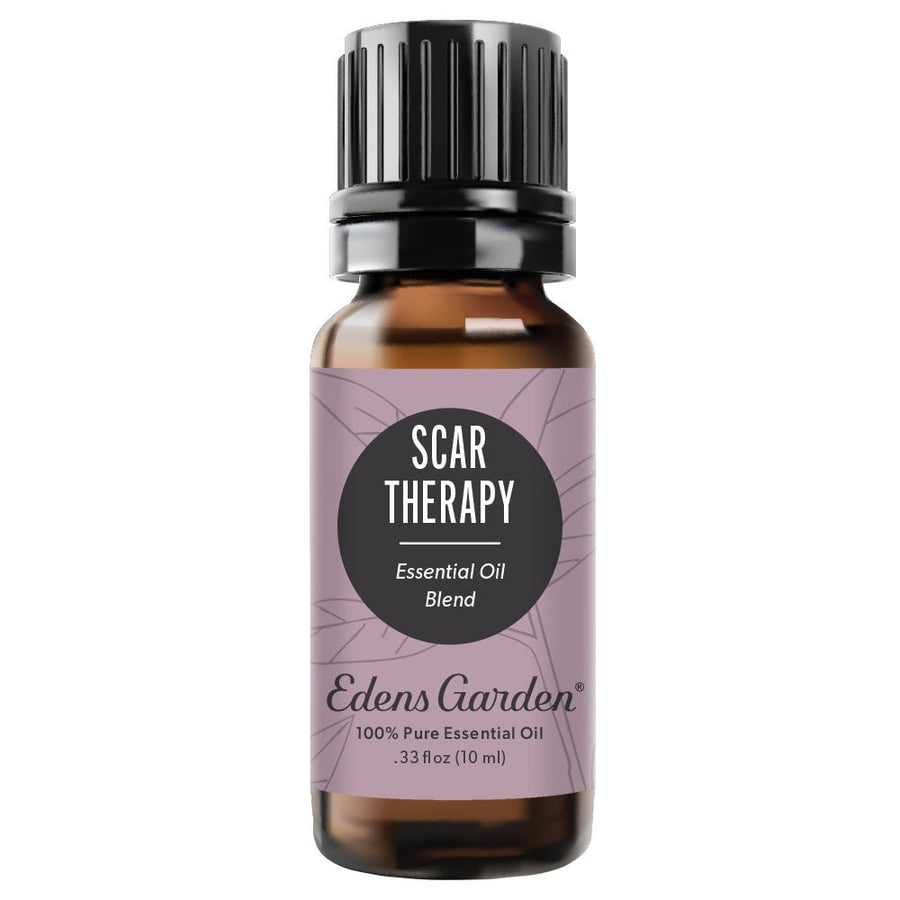
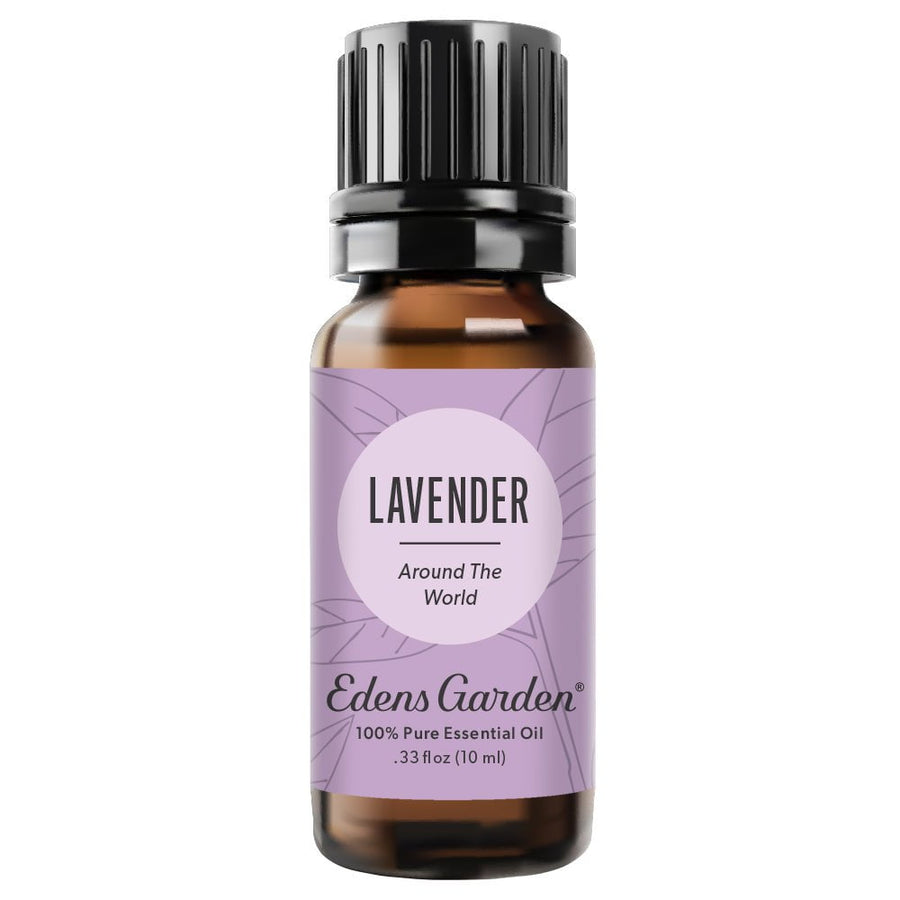

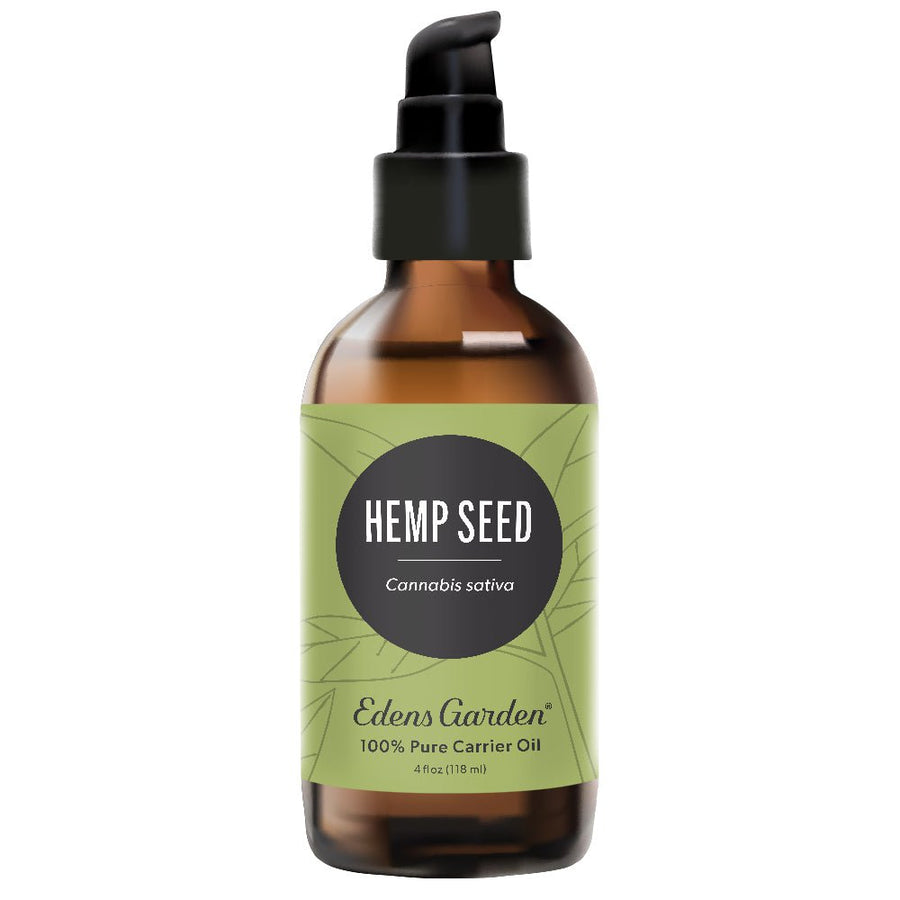
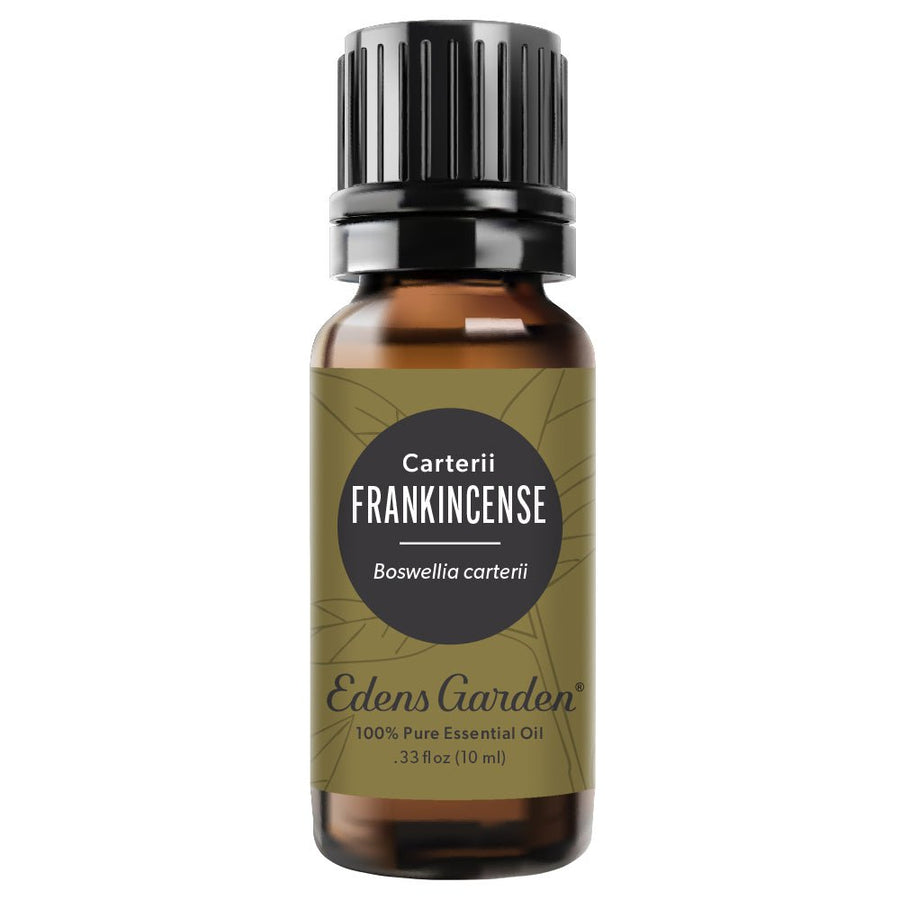
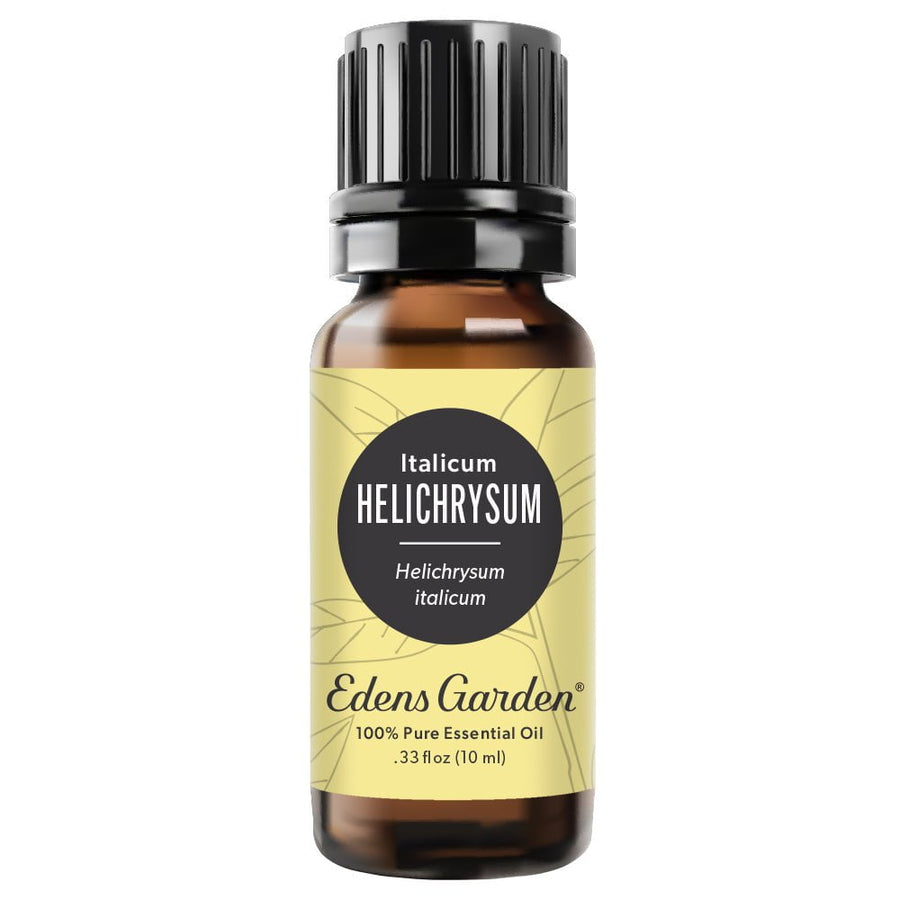
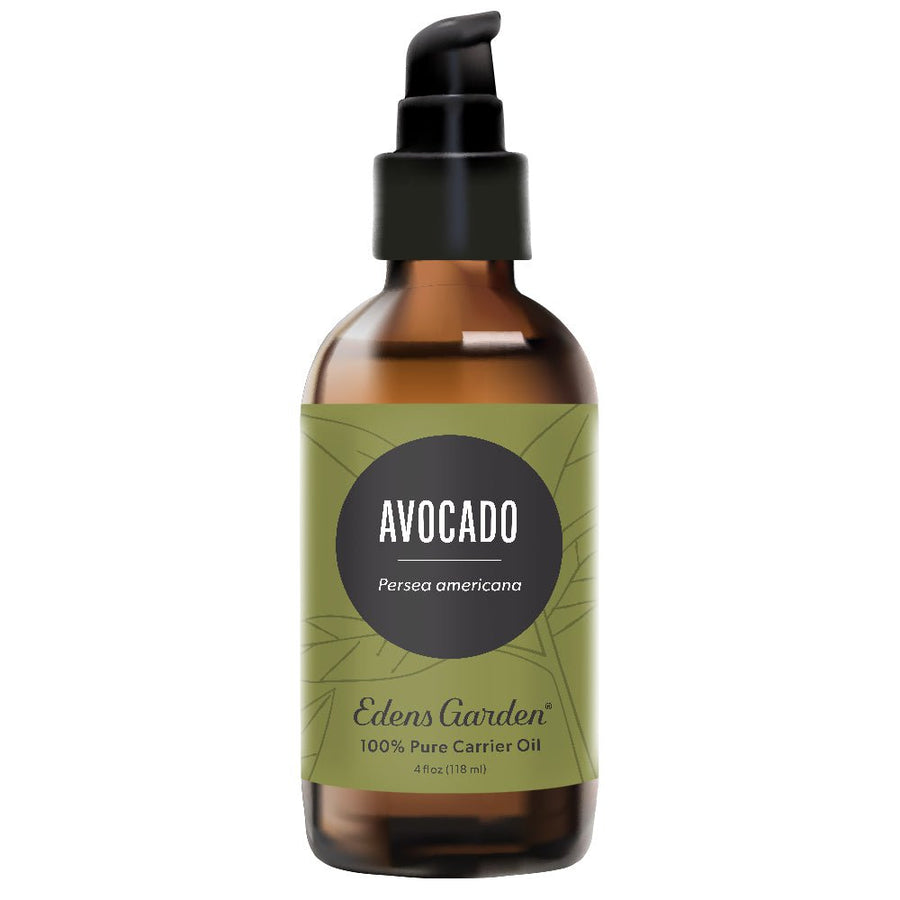




Lana Huckabay
July 14, 2023 at 10:25 am
This is a fabulous article. Very well written and super informative. Great job. Very appreciated!